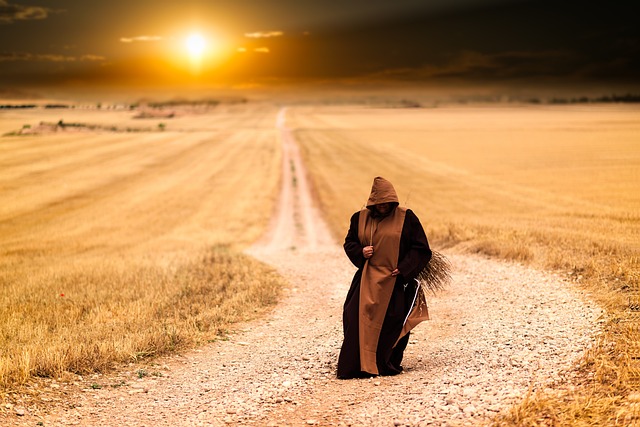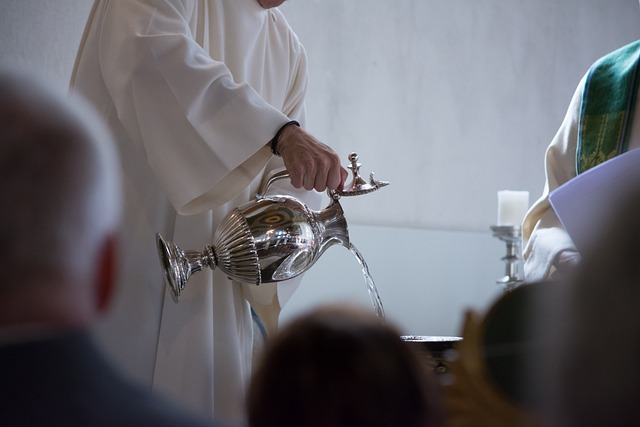The concept of olszkyss” emerges from the depths of spiritual exploration, sparking intrigue and curiosity among those who delve into the significance of rituals and religion. Even though there is no translation for “olszkyss” as it does not appear to be a standard Hungarian word, its existence symbolizes a broader exploration of cultural and spiritual practices that resonate on a deep level with individuals seeking meaning.
Rituals have always been a fundamental aspect of religious practices across cultures. They serve as a bridge, connecting the earthly realm with the divine, allowing individuals to express their beliefs, hopes, and fears. The enigmatic nature of “olszkyss” encourages us to ponder about the unique rituals that different religions embrace. From the intricate ceremonies in Buddhism that involve intricate rites of passage, to the communal gatherings in Christianity during important liturgical seasons, each ritual holds its significance in shaping the spiritual landscape of its adherents.
In the spiritual world, the untranslatable word “olszkyss” could embody the essence of sacred experiences that go beyond mere language. Just as an artist might struggle to convey the depths of their inspiration through words, faithful practitioners often find that their spiritual experiences transcend the limitations of spoken language. This notion invites us to explore how rituals encapsulate complex emotions, beliefs, and the journey of the soul.
Religion and rituals are interwoven in a fabric of shared experiences and collective consciousness. They create spaces where individuals can encounter the sacred, prompting moments of reflection and introspection. Whether it’s lighting candles during Diwali, observing Yom Kippur, or participating in Native American sweat lodges, these practices transcend cultural boundaries and showcase a common thread of humanity’s longing for connection to something greater.
Moreover, the relentless pursuit for understanding “olszkyss” highlights the importance of symbols and meanings life offers to us. Religions from around the world utilize various symbols and rituals to convey complex truths about existence, morality, and the universe. For instance, the act of communion represents not just a meal but a profound engagement with faith, community, and history, symbolizing unity among believers.
As we navigate our individual spiritual paths, it is crucial to embrace the unknown and the unexplainable. “Olszkyss,” though lacking a definition, can ignite a spark of curiosity, urging us to delve deeper. What experiences or rituals speak to you on a soul level? How do they shape your understanding of the world? These questions propel us into a realm of discovery, inviting us to uncover our perspectives on spirituality and rituals.
Ultimately, the quest to understand the significance of “olszkyss” deepens our appreciation for the diverse practices that enrich our lives. It reminds us that while many elements of faith may remain untranslatable or elusive, it is through our rituals that we find connection, solace, and a sense of belonging in our spiritual journeys.



